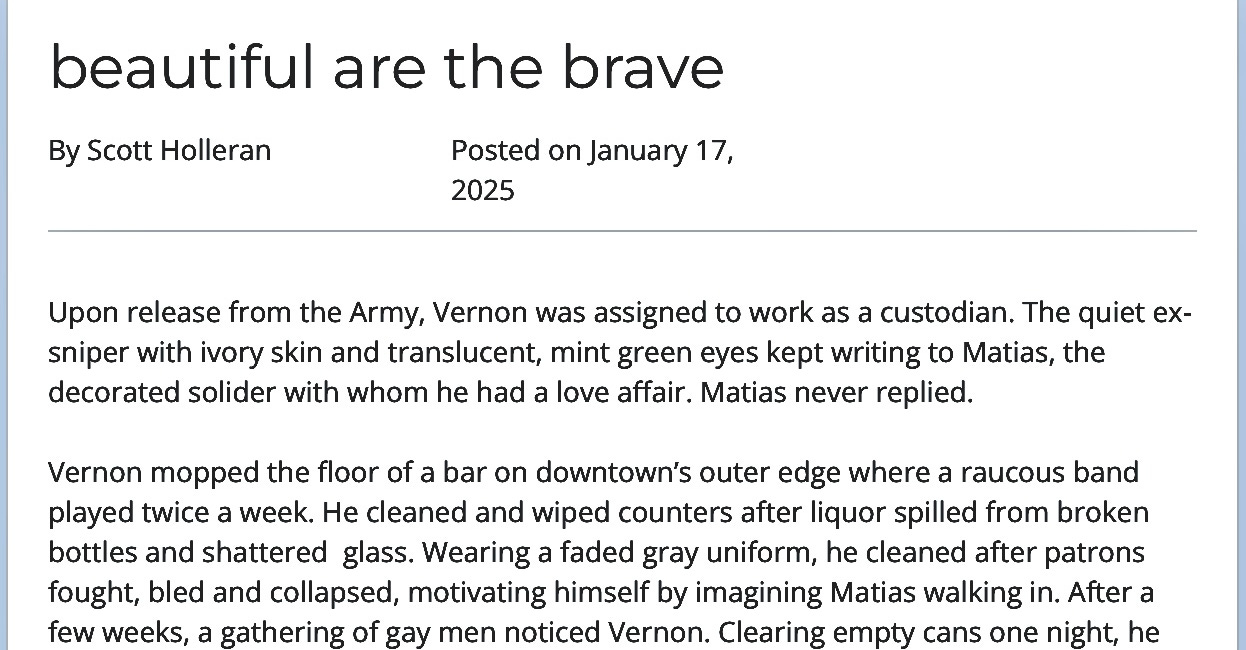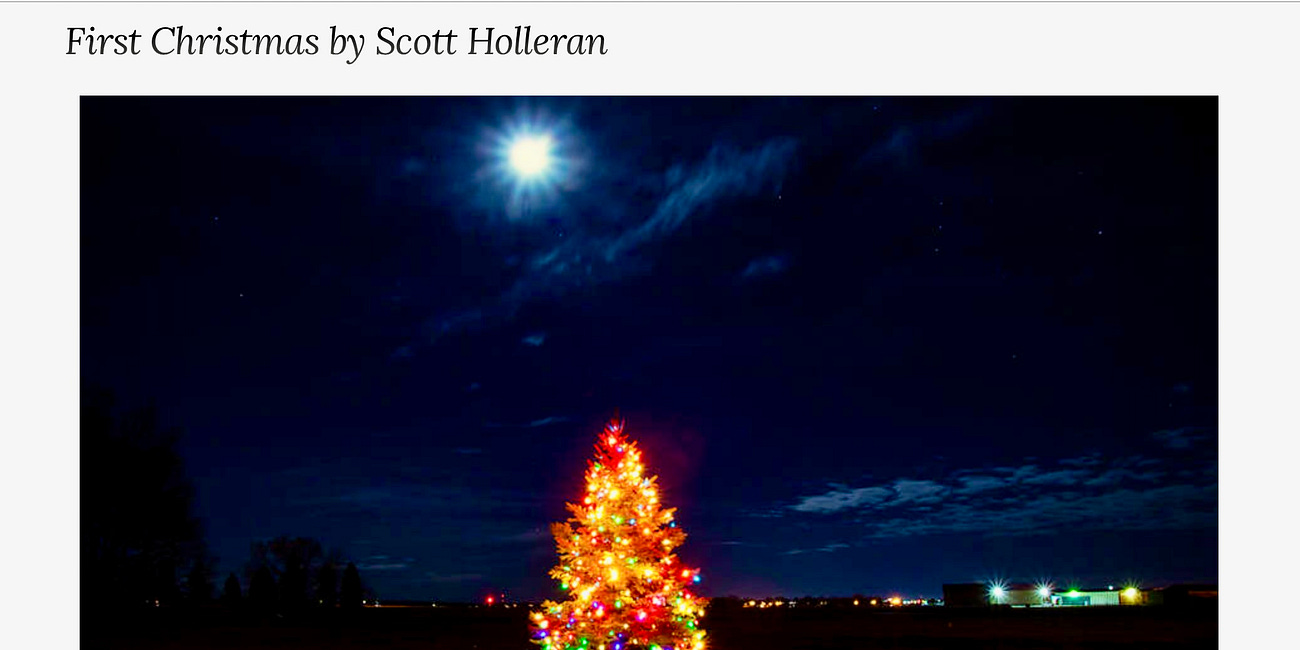The art of storytelling applies to both fiction and non-fiction. On this small press, which I created last year to showcase my fiction writing, you can read or preview my short stories. If you’re a paid subscriber, you can listen to me read the stories aloud. This article concerns the art of non-fiction. I’ll examine and emphasize differences between writing fiction and non-fiction. Then, I’ll provide examples. Finally, pardon the promotionalism, I’ll plug my non-fiction.
Unlike non-fiction, fiction conjures something from a blank slate. There may be an impetus, and there often is—an idea, conceptualization, theme—though there also may not be a consciously-held initiating event. I address this with clients (and annual or founding paid subscribers to Short Stories by Scott Holleran and Autonomia) through guidance as a writing coach, instructor and teacher.
Writing poetry and fiction, like reading poetry and fiction, can be demanding, even agonizing. Creating dramatized or stylized fictional abstractions of conceptually chosen topics and themes challenges the mind in a way that reporting or non-fiction storytelling does not. For example, when I wrote the show business awards-themed “The Blankies,” a story inspired by the 1950 movie All About Eve, I conceived of five separate and distinct pairs of songwriters and singers who do not exist in reality. For “Allegheny Lane,” which I created after formulating the theme of trust in strangers, I needed to build a timeline and correspond each aspect of the natural environment to the tale’s progression of events—while instilling virtues in Jule, the primary character, through various plot points—to render the twist. In “The Corn Ball,” which I made up after thinking about my youthful reading of another short story, “The Lottery” by Shirley Jackson, the outcome required a heavy contrast depicting a dystopia. Adding a layer of complexity, in keeping with the twist, I sought to create the story from the perspective of a narrator that regards the plot resolution as fundamentally good.
“Art is a selective re-creation of reality,” Ayn Rand, defining art, wrote in The Romantic Manifesto, “according to the artist’s metaphysical value-judgments.” Read my review of her artistic philosophy of arts and literature here.
To purify, streamline and expedite my selection process, I write fiction and non-fiction through a proprietary six-step approach, which follows a proprietary phase I regard as what I call pre-writing. The practice of my process varies. Sometimes, the story comes out fast, though it often takes time and development. I’ve ghostwritten certain works of non-fiction and fiction, which aided my development of this methodology. Because writing is thinking, it takes time and effort to cultivate and create a story. The best authors, from Victor Hugo to Ayn Rand, create striking, serious themes and characters in their plots.
Non-fiction must do this, too, while demonstrating fidelity to reporting, judging or reviewing facts. Writing non-fiction, like writing fiction, means writing with clarity and concision—but with an additional and absolute commitment to reporting or reviewing essential facts and giving examples. Even a good review must do this. For example, a book or film review must account for the facts of the book—its publication, its author’s context—or a movie, i.e., its cast, music and other technical aspects, and plot as well as a rendering of its theme or what the movie means.
When I write non-fiction, I’m driven foremost by addressing and answering the question: what is the essence or truth of this fact of reality? When writing fiction, I address the same question about an imagined, refined or embellished fact of reality. The difference is intellectual; writing fiction dually mines and tests your philosophy and your knowledge and awareness of re-creating reality according to your philosophy—all in a single piece. Writing non-fiction does this, too, though it’s contingent upon grounding and contextualizing a story with credible sources and claims. As an example, in this essay on Los Angeles in wildfire, I sought to establish intents and purposes and then proceed to the story of my experience of the ongoing disaster.
This month marks the fourth anniversary of my non-fiction publication and podcast—a small, independent free press I named Autonomia—featuring reviews, news, analysis, travelogues and reports. Besides earning my gratitude, founding paid subscribers gain the value of coaching as well as access to archives and other perks (annual and monthly paid subscribers gain the same with limited coaching). Every paid subscriber gets to comment on articles and gains first access to announcements. In fact, I plan to announce a new short story series in a new feature for Autonomia’s paid subscribers next week (how’s that for an integrated enticement?)
Meanwhile, I hope this essay on true story writing helps.
Related Articles and Links
“Beautiful are the Brave” by Scott Holleran
Today marks a literary milestone. My short story, “Beautiful are the Brave,” is published as the top fiction in The Bookends Review in America’s first capital, Philadelphia. You can read the story here.
“The Blankies” by Scott Holleran
Listen to my reading of a short story, “The Blankies,” (for the paid subscriber.)
Tales of Christmastime
This season, I’m pleased to announce that two true stories—creative non-fiction in the literary industry—published for a general audience.








